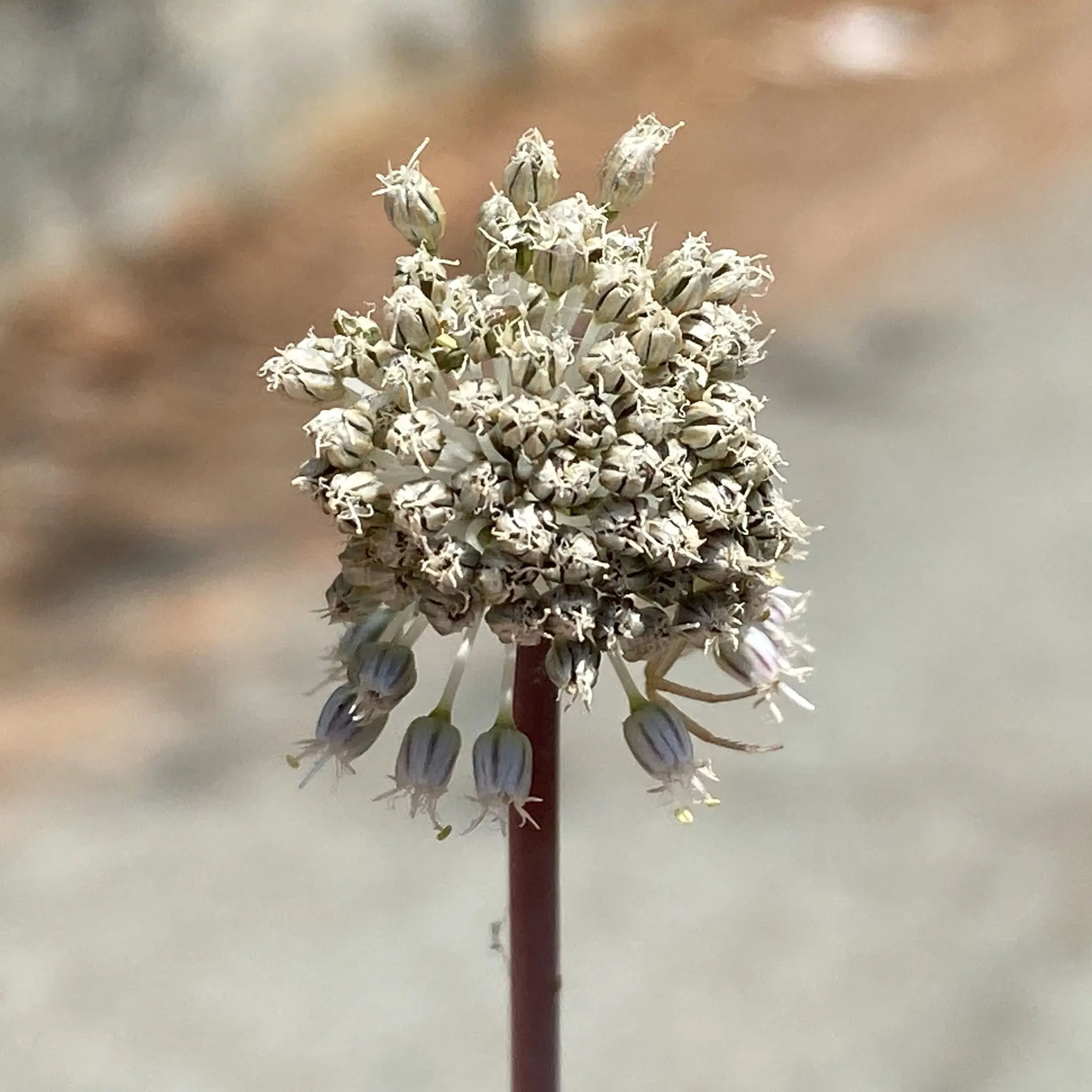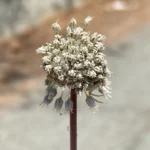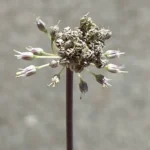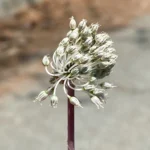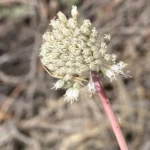Άλλιο το βιλλεανό
Etymology of Allium willeanum
The generic name "Allium" is of unknown origin, as nothing close to this word exists in Latin or Ancient Greek. It is speculated that it derives from Celtic "all", meaning "pungent, burning, hot" referring to the taste.
The specific epithet "willeanum" for Allium willeanum honors Johan Ernst Christian Wille (1869–1932), a Norwegian botanist and plant collector who conducted botanical research and collected specimens, including in Cyprus. It is a common practice in botany to name species after the botanists, explorers, or individuals who discovered, collected, or significantly contributed to the study of the plant.
Geographical expansion of Allium willeanum
Allium willeanum is a fascinating plant known for its restricted geographical distribution. It is endemic to Cyprus, meaning it naturally occurs only on this island and nowhere else in the world. This limited range makes it a unique and important component of the Cypriot flora.
Within Cyprus, Allium willeanum demonstrates a specific altitudinal preference. It is typically found at various elevations, reaching up to approximately 950 meters above sea level. This suggests it thrives in the mid to higher elevations of the island's terrain.
Regarding its preferred growing conditions, Allium willeanum is often found in rocky environments. It shows a preference for both calcareous (limestone-rich) soil and igneous mountain hills, indicating its adaptation to specific geological substrates prevalent in Cyprus's mountainous regions.
Flowering period
Allium willeanum's flowering period is just between June and July.
Key morphological characteristics of Allium willeanum
Umbel Shape and Density
Typically forms a subglobose (somewhat spherical) umbel that is often described as less dense compared to other spherical-headed Allium species. While appearing dense, individual flower stalks (pedicels) may be more discernible.
Flower Color and Markings
Flowers are generally whitish-green or yellowish-white, often with a subtle purplish tint or midrib on the tepals. They do not typically exhibit a prominent dark spot.
Stamen Exsertion
Stamens are distinctly exserted, meaning they protrude noticeably beyond the perianth (petals/sepals).
Stem Height
Plants generally reach a height of 5 to 55 cm.
Typical Habitat and Season (Cyprus)
Found across various elevations up to approximately 950 meters, typically flowering from June to July.
How to recognize Allium willeanum
Allium willeanum shares similarities with A. dentiferum and A. guttatum subsp. guttatum. Here is a comparison of their key characteristics:
- Allium willeanum: Characterized by distinctly exserted stamens and a stem height typically between 5-55 cm. Its umbel is subglobose and may appear dense, but often shows more discernible pedicels than A. dentiferum. Flowers are whitish-green to yellowish-white, often with a purplish tint on the midvein of their tepals, but lack a prominent dark spot (gutta).
- Allium dentiferum: Distinguished by its very dense and perfectly spherical umbel and a taller stem (20-120 cm). Crucially, its stamens are described as included or at most only slightly exserted, contrasting with A. willeanum. Flowers are whitish to greenish-white, sometimes with a purplish midvein.
- Allium guttatum subsp. guttatum: Most easily identified by the presence of a distinctive dark green or blackish spot (gutta) on the midvein of its tepals. Its umbel is typically looser and hemispherical, not the dense spherical shape of the other two. Its stamens are exserted, and stem height can range from 20-100 cm.
